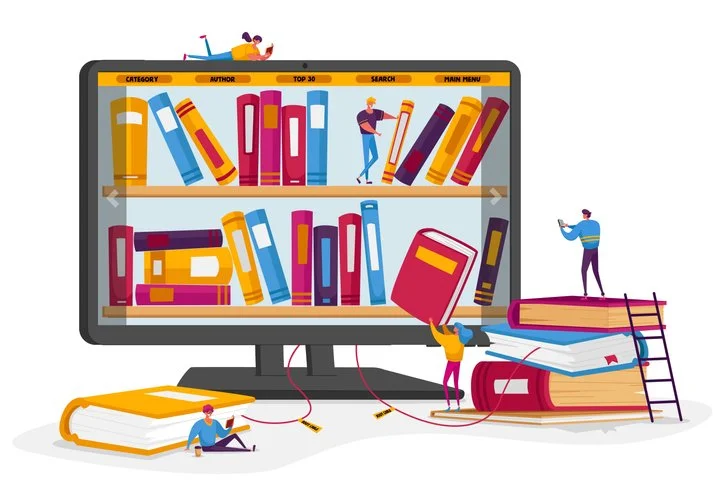Video conferencing is an ideal tool that we can use to connect with other schools in the country or abroad.
The dynamics of a globalized world and new challenges such as the novel coronavirus pandemic, motivate the creation of new ways of teaching and learning. Carrying out collaborative projects with students from different cultures is an activity that we, as teachers, can do as part of our instruction. For geographical reasons, these projects are developed in a virtual environment using various technological tools such as videoconferences, social networks, or email. Linking the class into a video conference is practical as students can interact in real-time with their foreign peers. In this article, I share practical tips that you can implement to create effective pre- and post-video conferencing activities, as well as the technologies that can help to achieve this goal.
Video conferencing is an ideal tool that we can use to connect with schools in the country or abroad. Teachers in both regions generally ask students ahead of time to investigate and collect information they will use in the session, which is a good practice. It is also good to use social media, email, and other applications to begin communication or continue the work after a video conference.
Below, I share with you three technologies that you can use to create productive educational activities before and after a video conference:
Flipgrid is a space where students can post a video and receive, in turn, video responses from their teammates in another city or country. This app is handy for starting the conversation and avoid having to talk to a stranger on the same day of the online session. Because of schedule differences, it is frequently not so easy to coincide times and schedule a videoconference; therefore, it is through these videos that students can meet ahead of time, share their initial concerns about the project, and discuss what they know or would like to learn.
In all of my English classes, I worked with a teacher in St. Louis, Missouri, USA. Because our class schedules did not coincide in one of the groups, we used Flipgrid so that the students could meet each other and share their concerns. For his Spanish class, he created a space for his students to record their presentations in Spanish, and my students responded in that language (which is their native language). For my class, I created spaces for the activity to be done entirely in English. Afterward, we scheduled a videoconference through Skype, and it worked very well because the students had already seen each other before, and a sense of friendship and community had been generated, which is essential for collaboration on joint projects.
“International collaborative projects allow you to communicate with people from other cultures, break stereotypes and learn to deal with problems that may arise.”
Using Flipgrid before the Skype sessions allowed students to prepare something before recording their video, about which they commented that it gave them peace of mind. The feeling of my students upon seeing that the other class responded in English was that their American companions tried to communicate in Spanish, and that, like them, they were making their best effort. They say that although their pronunciation was not perfect, their attempt was of great help. It gave them the confidence to move forward, knowing that they could communicate correctly in the language they were studying.
Padlet is a space where students can create a digital poster and incorporate links to articles, videos, and images, as well as comment on them. In one of my classes, one of the topics was “migration.” To do this, I created a Padlet with five columns, and in each column, I put a myth surrounding illegal immigration to the United States. Before the Skype online session, the students at the school in Missouri posted their comments on these myths, while my students discussed them in class. Then they read the comments of their companions to find out what they thought about the topic. This shed light on their viewpoints and possible problems they might encounter during the Skype session. The goal of the videoconference was that, together with their companions in the United States, they would smash those myths during the Skype session. Afterward, they had to work together to make a Padlet using various sources such as graphics, articles, and videos to break at least one of the myths. As can be seen, this is a great tool to use before and after a video conference.
Edji is a tool for students to interact with a text or an image, making comments using video, voice, or text. This application could have some uses for activities before or after an online session. Teachers and students can post a text they created, such as a story, and have their peers react or contribute to making it even better. It could also be an academic text that the teacher wants students to analyze and respond to in the app. The tool allows the teacher to review the students’ comments and plan the next step in their lesson or project.
My students shared how similar they were to their peers in St. Louis, and they also shared tastes and interests. However, without a doubt, the most revealing thing was the activity they did in Padlet: My students said they thought their Missouri classmates would be against the immigrants and discovered that was not the case. They commented that the cooperation during the Skype session and the collaboration in the Padlet activity was excellent because they learned a lot about each other, above all, how to resolve some logistical conflicts with their American companions by themselves.
These types of international collaborative projects lead to breaking stereotypes and opening minds to know effective ways of communicating with people from other cultures and dealing with potential problems that could arise. I encourage you to explore these tools and incorporate them into learning activities to make them more meaningful by engaging their students before, during, and after a video conference.
About the author
Ramiro Luna Rivera (rluna_99@tec.mx) has almost 30 years of experience in teaching English as a second language in the Prepa Tec, Eugenio Garza Sada. He has a master’s degree in Education with a specialty in Applied Linguistics and a sub-specialty in Teaching English as a Second Language from Tecnológico de Monterrey. He is an enthusiast of the use of technology to improve teaching and learning processes.
This article from Observatory of the Institute for the Future of Education may be shared under the terms of the license CC BY-NC-SA 4.0 
)
)











)
Kathia Rebeca Arreola Rodríguez
Kathia Rebeca Arreola Rodríguez
Kathia Rebeca Arreola Rodríguez